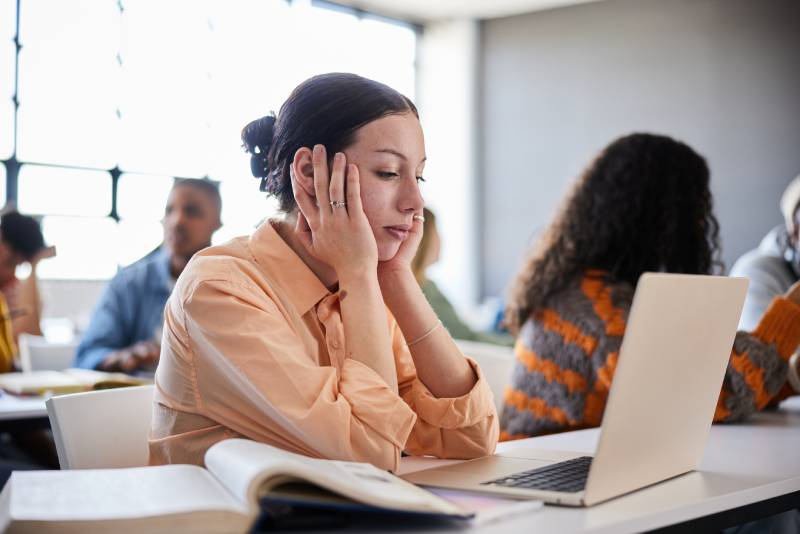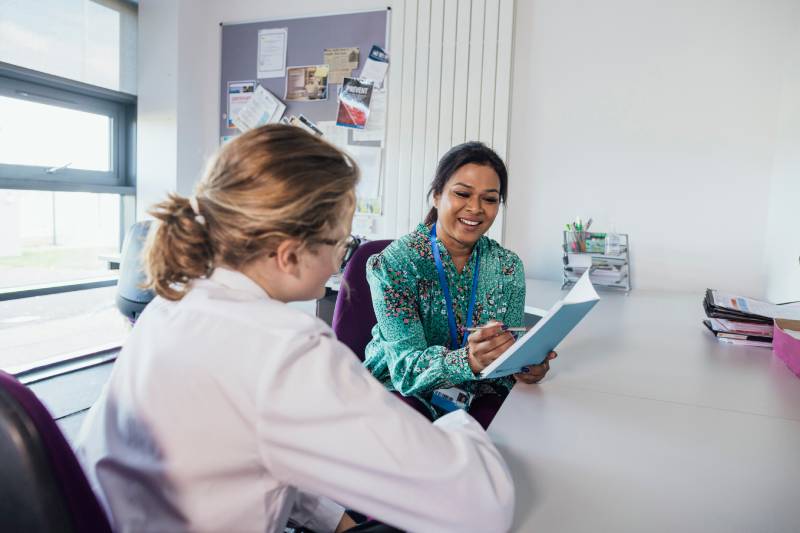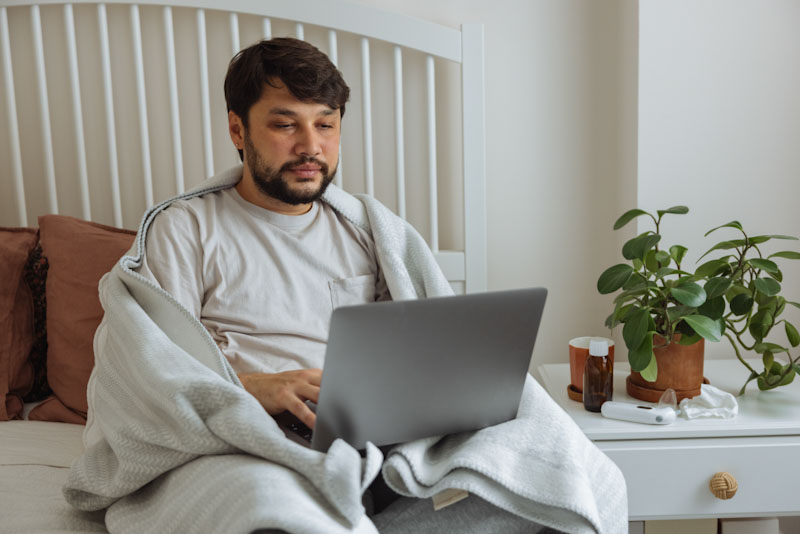Staying sun safe this summer

The earth's surface absorbs various types of radiation, including visible light, heat (infrared radiation), and ultraviolet (UV) radiation, which is invisible and cannot be felt.
Although the ozone layer in the atmosphere does absorb a significant amount of UV radiation, we're still exposed to levels that can cause health problems such as sunburn, especially in Australia1.
These health risks escalate during the summer when the earth's surface receives more radiation, leading to sunburn, skin cancer, heat stroke, and eye damage due to excessive sunlight exposure.
Sunburn
Sunburn, which can occur in just 15 minutes, can take several days or even weeks to heal, depending on the severity of the burn. Mild cases can be treated at home, but more serious burns that result in blisters require immediate medical attention2.
There is no quick fix for sunburn symptoms - only time will heal. Frequent exposure to UV radiation, even without getting sunburnt, can lead to lasting skin damage and increase your risk of skin cancer, including the dangerous malignant melanoma2. It's crucial to protect your skin from excessive UV radiation exposure.
Skin Cancer
Australia has one of the highest rates of skin cancer in the world3. By the age of 70, two in every three Australians have been diagnosed with Skin Cancer1.
However, it is entirely preventable. Cancer Council Australia makes the following recommendations for avoiding skin cancer:
Protect your skin
1. Slip on some sun-protective clothing that covers as much skin as possible
2. Slop on broad spectrum, water resistant SPF30 (or higher) sunscreen. Apply 20 minutes before going outdoors and every two hours. Sunscreen should never be used to extend the time you spend in the sun.
3. Slap on a hat - broad brim or legionnaire style to protect your face, head, neck and ears.
4. Seek shade - the more time you can limit in direct sunlight the better
5. Slide on some sunglasses and make sure they meet Australian standards.
Understanding Ultraviolet Radiation
We are unable to see or feel the ultraviolet (UV) radiation that is emitted by the sun. UV radiation levels can remain high during cool or cloudy weather, which means that you can't depend on the presence of blue skies or warm temperatures to gauge when sun protection is necessary.
The Bureau of Meteorology provides daily updates on the amount of UV radiation that will reach the surface of the earth through the UV Index. This alert highlights the periods throughout the day when the UV level is 3 or higher, indicating the need for sun protection.
The Cancer Council advises the use of sunscreen every day when the UV Index is predicted to be 3 or higher. Sunscreen should be generously and evenly applied to clean, dry skin 20 minutes prior to UV radiation exposure.
Adults should use 5ml (roughly a teaspoon) for each arm, leg, front of the body, back of the body, and face (including the neck and ears), which equates to 35ml (around seven teaspoons) for a complete body application. Sunscreen should be reapplied at least every two hours when in sunlight, and after activities like swimming, sport, sweating and drying off with a towel. It is important to remember to use sunscreen in conjunction with other forms of sun protection, such as a wide-brimmed hat, shade, and sunglasses.
Heat Stroke
Heatstroke, also known as sunstroke, is a serious and potentially fatal condition that arises when the body becomes excessively hot, often due to exposure to high temperatures. Body temperature escalates dangerously and can cause organ damage or even death.
Heatstroke can be caused by direct exposure to the sun and in any situation where the body overheats. Heat stroke has claimed more lives than any other natural disaster in Australia4.
Heat stroke is preventable. In extremely hot weather, it's vital to stay hydrated even if thirst isn't apparent, and to keep the body cool.
Heat stroke is a medical emergency. Call the triple zero (000) for an ambulance. While waiting for medical assistance, try to cool the person down by moving them to a shady spot and giving them sips of a cool fluid. The goal is to lower their body temperature in any way possible.
References
1. www.arpansa.gov.au/understanding-radiation/radiation-sources/more-radiation-sources/sun-exposure
2. https://www.betterhealth.vic.gov.au/health/conditionsandtreatments/sunburn
Share
Tags
Found this useful?
Help and advice
Our blogs are about helping people seek the information that they need for their steps in the workforce.
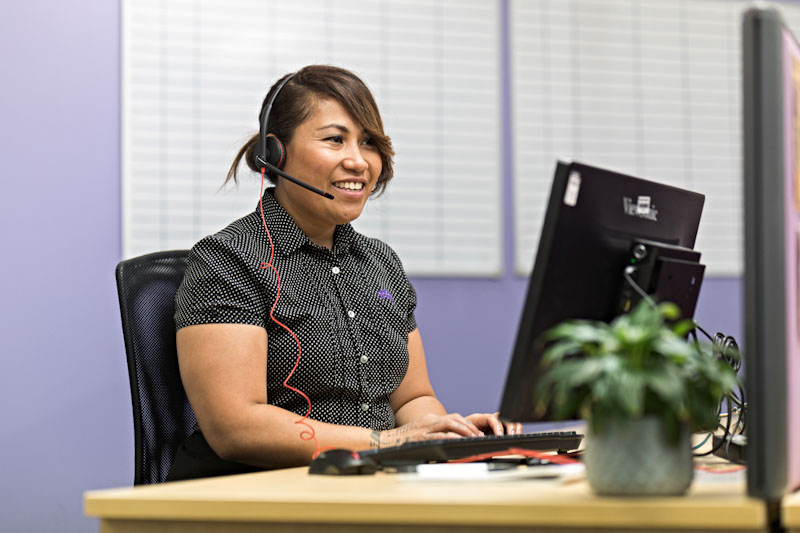
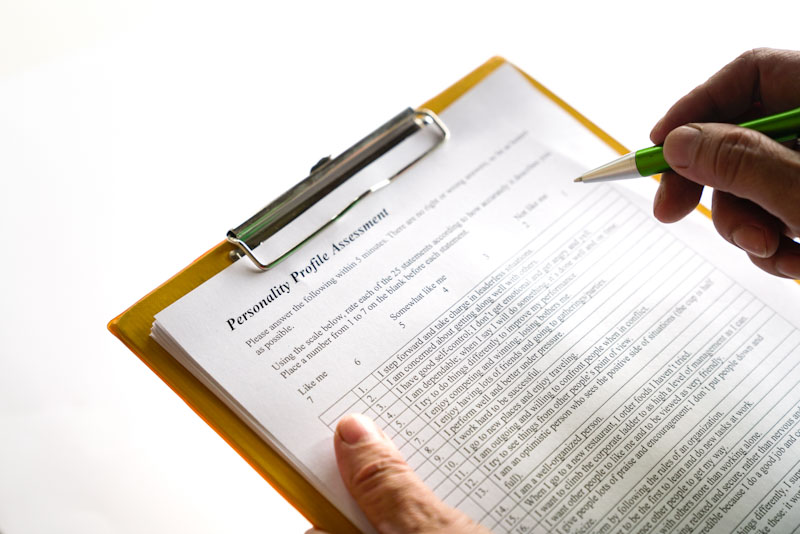












_1.jpg)
















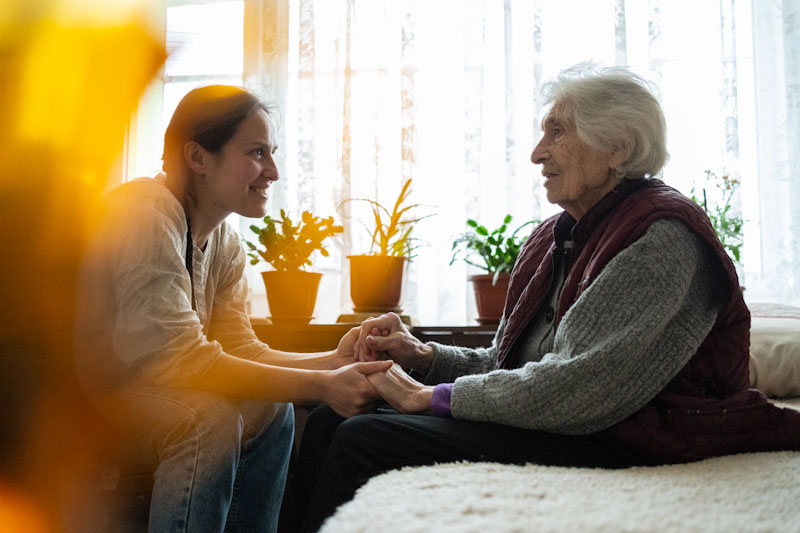












.jpeg)




